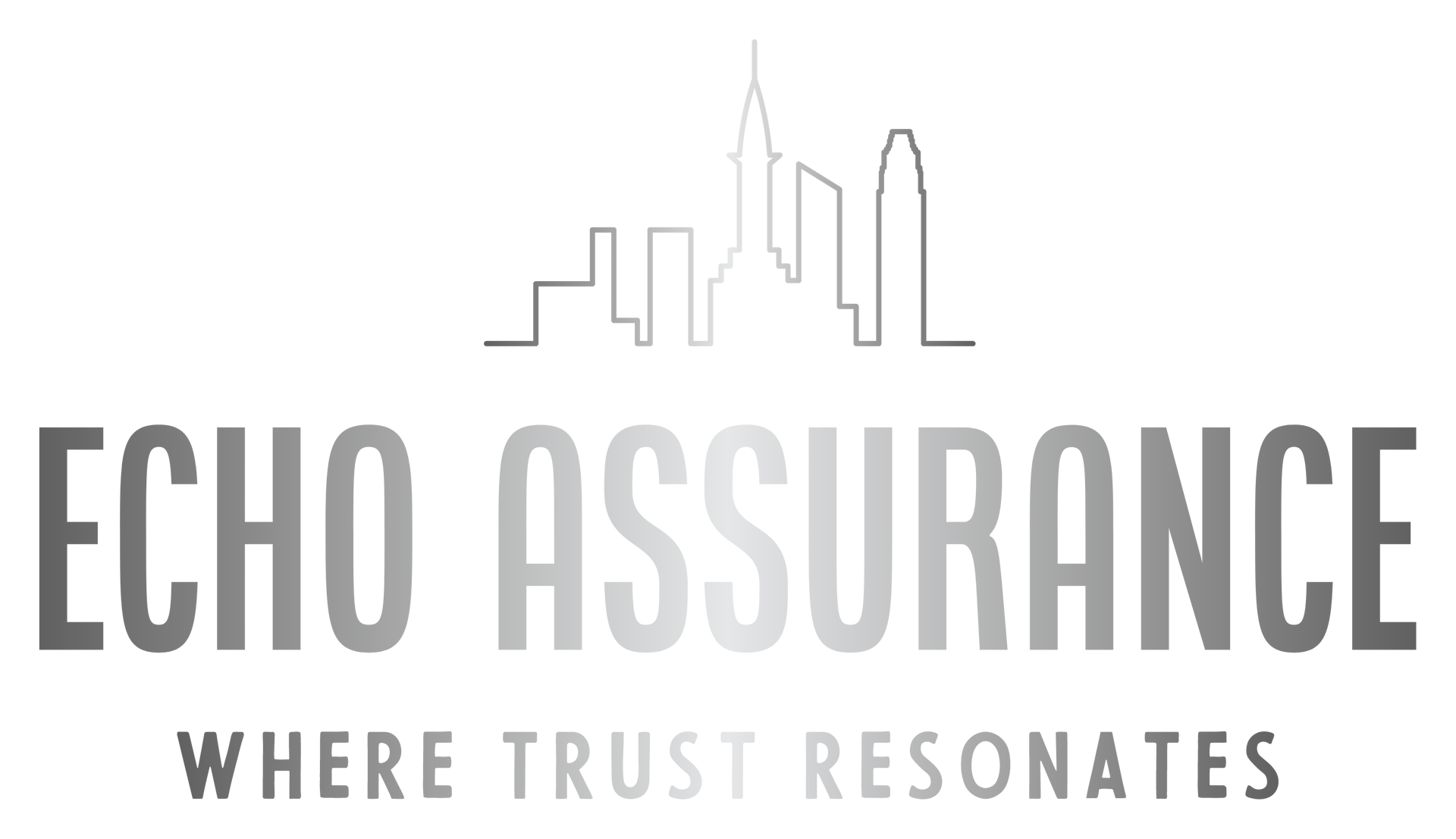4800 Meadows Rd
Suite 300
Lake Oswego, OR 97035
Ph: 218.450.4178


Optimizing Commercial Insurance Submissions and Marketing for Senior Living and Long-Term Care Operators
Commercial insurance submissions and the practice of marketing a senior living and long-term care operator are integral to ensuring the successful operation of these institutions. In an industry that caters to the vulnerable populations of seniors and individuals requiring extended care, operators face a unique blend of commercial risk exposure and reputational challenges. The process of submitting insurance applications to carriers to obtain competitive quotes requires meticulous attention to detail, as it ensures not only financial protection but also operational continuity.
Simultaneously, these operators must utilize targeted marketing strategies to effectively position themselves within a competitive marketplace while addressing the specific needs of their audience. In this essay, we will explore the key elements required to streamline insurance submissions and develop a robust marketing strategy for senior living and long-term care operations, focusing on achieving optimal results in both areas.
Understanding Commercial Insurance for Senior Living and Long-Term Care Operators
Senior living and long-term care facilities serve a unique clientele, including the elderly and individuals with significant health and care needs. These operators face complex and high-stakes challenges, which translate into a demanding insurance landscape. Their risk exposures often include professional liability, general liability, property damage, workers’ compensation, cyber liability, and business interruption.
The Commercial Insurance Submission Process
Submitting insurance applications to carriers to obtain quotes is a crucial process. Insurers need accurate, detailed, and transparent information to adequately underwrite the risks associated with senior living and long-term care operators. However, inadequate submissions or missing details can lead to increased premiums, limited coverage options, or outright rejection. To ensure better outcomes, operators and their brokers must focus on the following aspects:
Comprehensive Documentation of Operations
Documentation is the foundation of a successful submission. Underwriters require a clear understanding of the facility's operations, including the number of residents, types of care services provided (e.g., skilled nursing, rehabilitation, independent living), staff qualifications, and safety protocols. A well-documented submission also includes operational data, such as employee turnover rates, staff-to-resident ratios, and any history of claims.
For example, carriers will place strong emphasis on risk management protocols, especially concerning abuse prevention, infection control, and emergency preparedness. Clearly outlining these measures can provide underwriters with confidence in the operator's ability to mitigate risks.
Risk Management Programs
Robust risk management systems are critical for minimizing exposure to liability. A submission should highlight the facility's commitment to quality assurance through safety training programs, regulatory compliance, and adherence to industry best practices. Risk assessment checklists, staff training schedules, and certifications for nursing personnel can serve as valuable supporting documents.
Loss History and Claims Experience
Carriers often request a detailed loss history report to gauge the operator's claims experience. A clean loss record can signal that the operator is proactive in managing hazards, while any history of claims needs to be accompanied by proactive steps the facility has taken to prevent similar incidents from recurring.
Collaboration with Insurance Brokers
Skilled brokers are essential intermediaries in the insurance submission process. Their industry expertise enables them to negotiate tailored coverage solutions while presenting an operator’s risks in the most favorable manner possible. Brokers can also identify special coverage needs, such as liability for behavioral health issues or pandemic-related disruptions.
Focus on Emerging Risks
Operators must account for emerging risks like cyberattacks on resident data or evolving health regulations. Insurance carriers increasingly scrutinize how senior living facilities handle cybersecurity and regulatory compliance during their underwriting process. Incorporating these factors into the submission can demonstrate foresight and a proactive approach to risk management.
Successful submissions hinge on preparation, transparency, and the ability to align the operator’s risk profile with carrier expectations. By prioritizing these elements, senior living and long-term care providers can secure competitive quotes that align with their unique needs.
Marketing Senior Living and Long-Term Care Operators
While insurance submissions focus on risk and financial resilience, marketing strategies aim to build trust, differentiate from competitors, and attract both residents and their families to the facility. Marketing senior living and long-term care operations requires a careful balance of positioning the facility’s strengths and respecting the sensitive nature of the services being offered.
Challenges in Marketing Senior Living Services
Marketing in this industry is inherently challenging due to customer perceptions and emotional undertones tied to long-term care. Families often look for care facilities during emotionally charged times, such as in the wake of a medical crisis or a significant decline in a loved one’s health. Furthermore, the decision to place a senior or loved one into a care facility is fraught with fear, guilt, and concern regarding the quality of care. These factors underscore the importance of empathetic and transparent communication in marketing efforts.
Core Elements of a Successful Marketing Strategy
The following key elements can improve the effectiveness of marketing strategies for senior living and long-term care operators:
Building a Reputation for Quality Care
A facility’s reputation is its most valuable marketing asset. Positive reviews from residents and their families, industry accreditations, and consistent compliance with health regulations build credibility. Online testimonials, third-party reviews, and case studies of how the facility has improved the lives of its residents can serve as powerful marketing tools.
Harnessing Digital Marketing
Digital marketing strategies have become indispensable for attracting new residents. A professional, user-friendly website that highlights the facility's amenities, programs, and success stories should serve as the foundation of an online presence. In addition:
Customized Messaging
Content marketing must be empathetic and focus on addressing the concerns of prospective residents and families. Clear messaging that emphasizes safety, compassion, individualized care plans, and high-quality staff training can resonate with a core audience. Including phrases like “partnering with families to meet your unique needs” in advertisements and marketing materials reinforces trust and relatability.
Community Outreach and Referrals
Networking with community organizations, hospitals, and healthcare providers is a powerful tool for generating referrals. Building relationships with hospital discharge planners and case managers provides a steady flow of potential residents while demonstrating the facility's integration into the local care network.
Transparent Communication
Prospective residents and their families need clear, upfront pricing information and transparency about contracts, terms, and services. Hidden costs or vague terms can erode trust and damage a facility’s reputation.
Branding and Visual Identity
A professional and visually appealing brand identity helps senior living operators stand out. Components like logo design, color palettes, and consistent imagery should evoke warmth, compassion, and professionalism, reinforcing the facility’s mission and values.
Addressing Specific Niches
Senior living operations often cater to specialized demographics, such as memory care residents or independent seniors. Tailoring marketing efforts to target specific niches is essential to tap into diverse markets effectively. For instance, a memory care facility can focus on dementia care expertise, while an independent living community might promote amenities and social activities for active seniors.
Integrating Insurance and Marketing: A Synergistic Approach
While insurance submissions and marketing seem like separate processes, there is significant overlap in the information shared between the two. A strong insurance submission that highlights the facility’s safety measures, staff training, and risk prevention strategies reinforces the marketing narrative of delivering high-quality and safe care.
Conversely, a well-executed marketing strategy, backed by customer satisfaction and positive reviews, can demonstrate to carriers that the facility is proactive in avoiding reputational risks and liabilities. Integrating these processes can create a virtuous cycle, where the facility’s quality assurances improve outcomes across both domains.
Conclusion
The senior living and long-term care industry requires operators to maintain a delicate balance between mitigating financial and operational risks and reaching their target customer base through effective marketing. A successful insurance submission process emphasizes thorough documentation, transparent communication with carriers, and a comprehensive approach to managing both known and emerging risks.
On the other hand, marketing a senior living facility demands a reputation for reliable care, empathy-driven messaging, and targeted strategies for specific niches. By adopting a proactive approach to both processes, senior living and long-term care operators can position themselves competitively, ensure operational resilience, and continue to serve their residents with excellence.